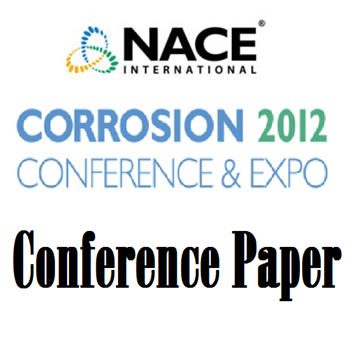Search
10007 Test Method for Studying Cathodic Disbonding at High Temperature
Also Purchased
08005 Cathodic Disbonding of Epoxy Coatings - Effect of Test Parameters
Product Number:
51300-08005-SG
ISBN:
08005 2008 CP
Publication Date:
2008
$20.00
10008 High Temperature Cathodic Disbondment Tests
Product Number:
51300-10008-SG
ISBN:
10008 2010 CP
Publication Date:
2010
$20.00
51312-01285-Cathodic disbondment test: What are we testing?
Product Number:
51312-01285-SG
ISBN:
01285 2012 CP
Publication Date:
2012
$20.00




